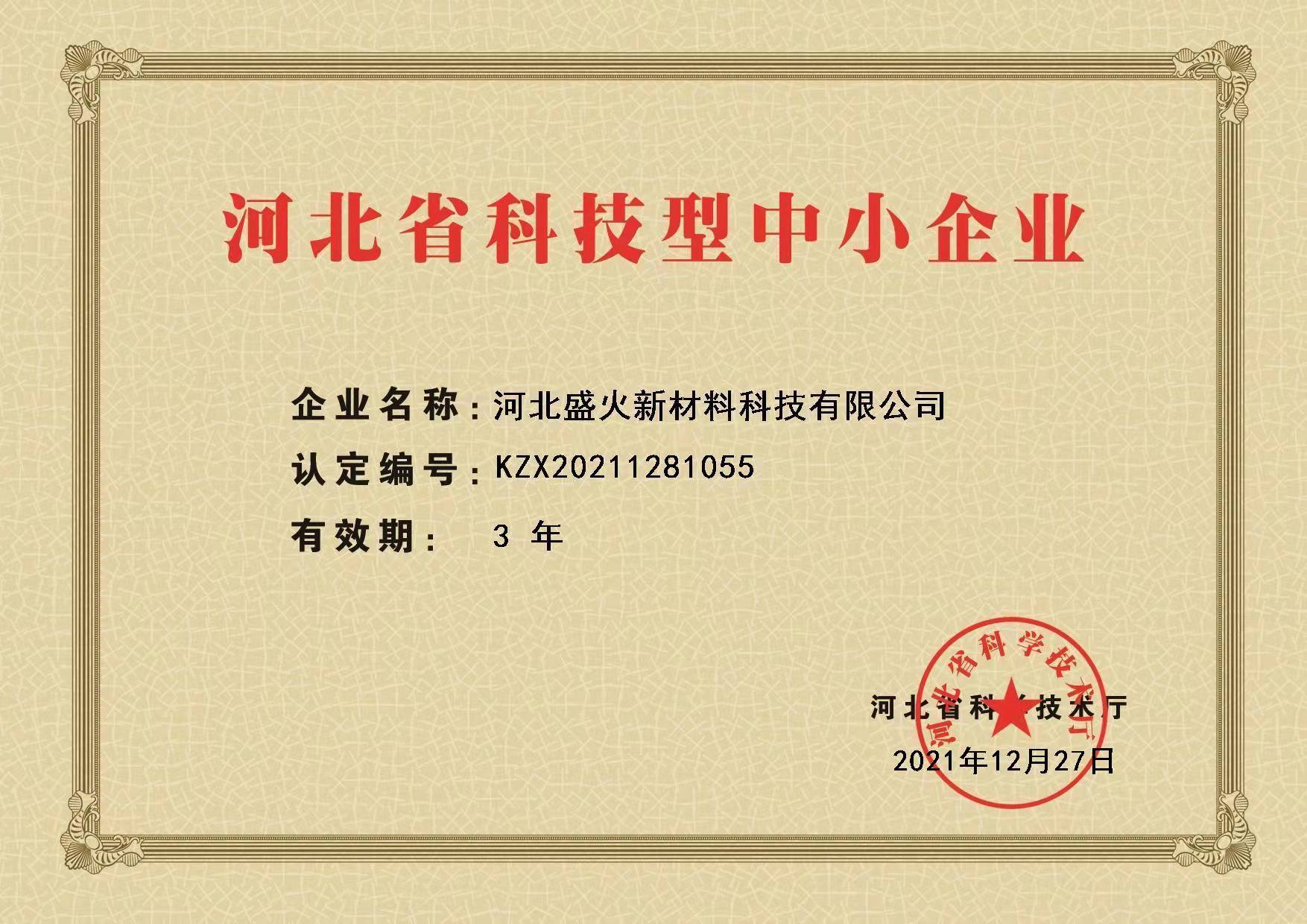

Production efficiency is another critical area where these methods diverge. Sand casting allows for a more rapid ramp-up for high-volume production. However, the process can become time-consuming when additional machining is required to achieve desired tolerances or finishes. Investment casting, while slower upfront due to mold creation and investment, can streamline the finishing phase due to the superior surface quality and precision of the resulting cast. Manufacturers typically consider the balance between the initial investment cost against operational costs over time. Sand casting requires lower initial tool costs but may incur higher manufacturing expenses, especially when post-casting machining is extensive. On the other hand, investment casting often entails significant initial costs, but savings are reflected in reduced machining and finishing requirements over series production. Thus, the decision between sand casting and investment casting should not be grounded in a simple comparison but in an extensive evaluation of project specifications and business objectives. Choosing the correct method directly impacts product performance, market competitiveness, and overall production efficiency, emphasizing the need for a strategic approach guided by expertise and profound industry insights. The alignment of casting methods with specific production needs ensures maximized performance and cost-effectiveness, increasingly critical in today’s competitive manufacturing landscape. Post time:Fév . 15, 2025 00:46
Next:difference between sand casting and die casting
